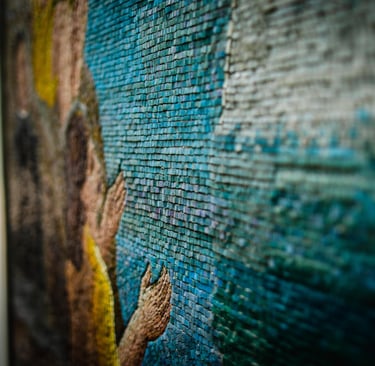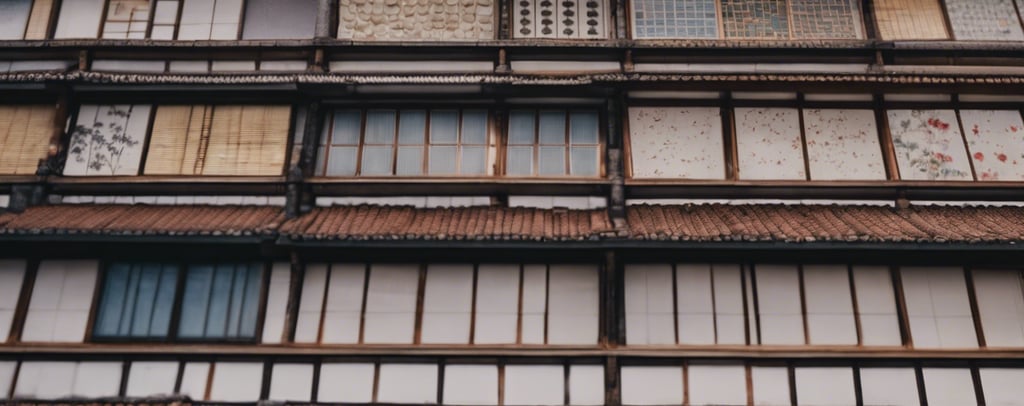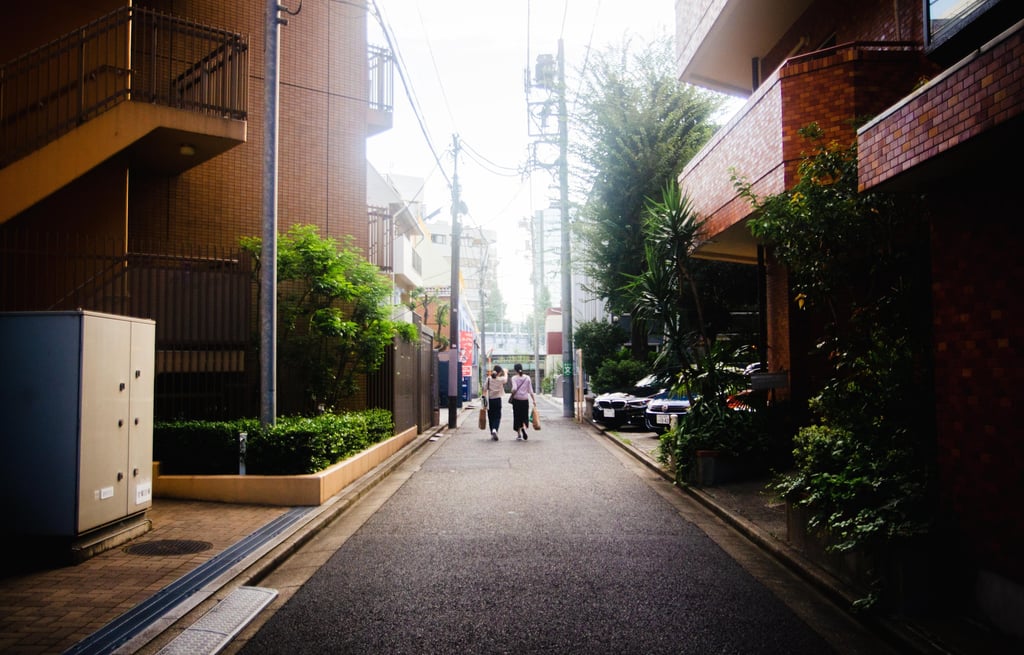Crafting Beauty and Functionality: The Art of Japanese Tiles in Architecture
Discover the timeless beauty and functional elegance of Japanese tiles in architecture. Dive into our exploration of how tiles seamlessly blend tradition and innovation, from historic structures to modern homes. Uncover the cultural significance, aesthetic intricacies, and practical advantages that make Japanese tile work an integral part of architectural storytelling. Join us on a journey through the artful integration of tiles in Japan, where form meets function in a tapestry of design excellence. 🏯🎨 #JapaneseTiles #ArchitecturalDesign #CulturalHeritage
12/6/20233 min read


In the realm of Japanese architecture, the use of tiles on walls has evolved into an art form that seamlessly combines functionality, aesthetics, and cultural significance. From the bustling interiors of subway stations to the serene walls of traditional houses, the thoughtful incorporation of tiles plays a pivotal role in shaping the visual landscape of Japan.
The Harmony of Form and Function
Japanese architecture has a long-standing tradition of valuing both form and function. Tiles, with their easy maintenance and durability, epitomize this ethos.
In public spaces like subway stations, where cleanliness is paramount, tiles offer a practical solution.
Their smooth surfaces facilitate easy cleaning, ensuring a hygienic environment for commuters.
Durability as a Virtue
The Japanese preference for enduring construction materials aligns with the enduring nature of their culture.
Tiles, resistant to wear and tear, contribute to the longevity of structures.
This commitment to durability not only reduces maintenance costs but also reflects a deeper cultural value of sustainability and lasting quality.
Aesthetic Elegance
Japanese tile work is a testament to meticulous craftsmanship and design.
Traditional patterns and motifs, often deeply rooted in the country's cultural heritage, adorn walls with a timeless elegance.
In modern architecture, tiles continue to be a canvas for artistic expression. Whether through minimalist designs or innovative arrangements, they contribute to the overall aesthetic appeal of buildings.
Cultural Symbols in Tiles
Traditional Japanese tiles often incorporate cultural symbols and motifs. From auspicious patterns representing good fortune to designs inspired by nature, each tile tells a story.
This cultural integration not only connects contemporary structures to Japan's rich history but also fosters a sense of identity and continuity.
Climate-Responsive Design
In bustling subway stations and public buildings, tiles contribute to a sense of structured order.
The organized visual environment aids wayfinding and creates an atmosphere of efficiency.
This careful planning aligns with Japanese principles of order and harmony, reflecting in both the design and functionality of public spaces.
Structured Order in Public Spaces
Considering Japan's varied climates, tiles offer practical advantages.
They provide insulation and help regulate indoor temperatures.
Additionally, their moisture-resistant properties make them suitable for regions with high humidity or frequent rainfall.
This adaptability to climate contributes to the resilience and sustainability of Japanese architectural design.
Versatility in Residential Spaces
Beyond public spaces, tiles play a vital role in Japanese homes. From kitchen backsplashes to bathroom walls, tiles are not merely utilitarian but also contribute to the overall design aesthetic.
Homeowners often leverage the versatility of tiles to express creativity while ensuring functionality in their living spaces.
Modern Innovations in Tile Design
In contemporary Japanese architecture, tiles continue to evolve.
Large-format tiles, textured surfaces, and creative arrangements redefine the possibilities.
Modern architects embrace these innovations, creating dynamic and visually striking spaces that resonate with the spirit of the times.
In essence, the use of tiles in Japanese architecture goes beyond mere construction material.
It embodies a cultural narrative, an aesthetic choice, and a commitment to practicality.
The artful integration of tiles into the architectural landscape is a testament to Japan's ability to seamlessly blend tradition and innovation, crafting spaces that are not only visually stunning but also deeply rooted in cultural identity.














